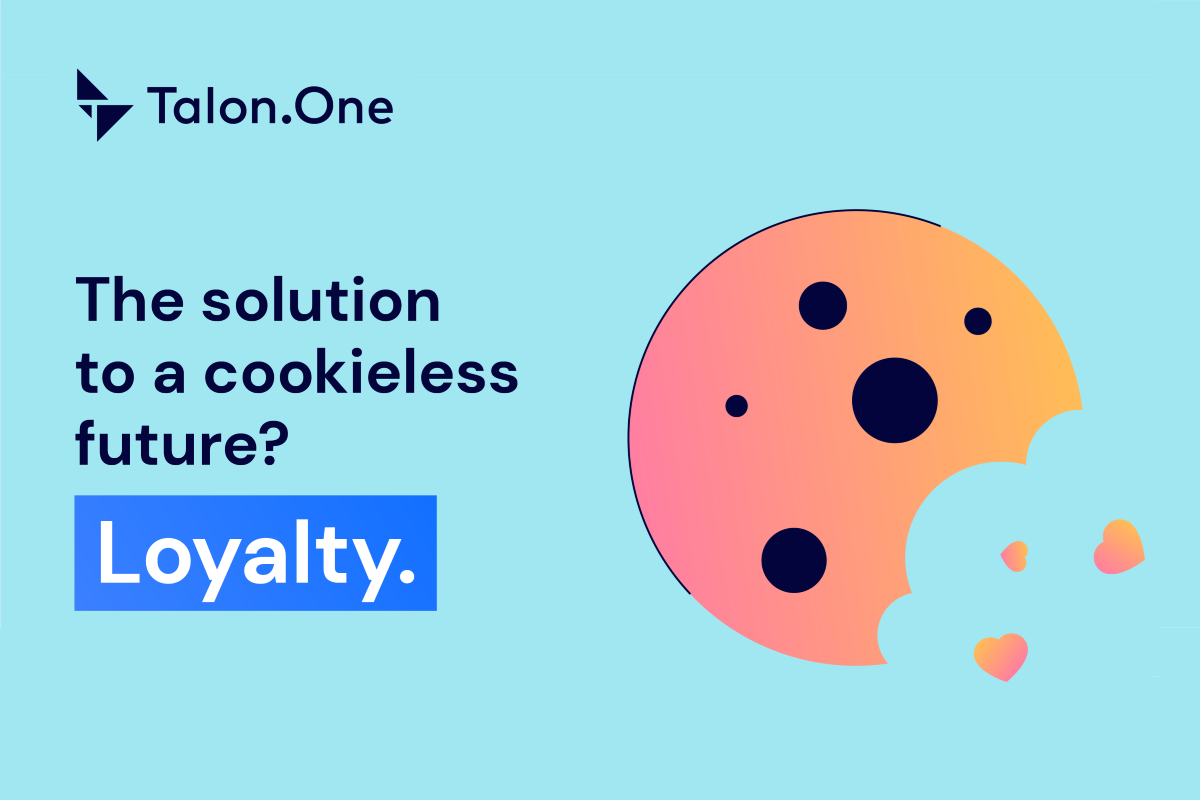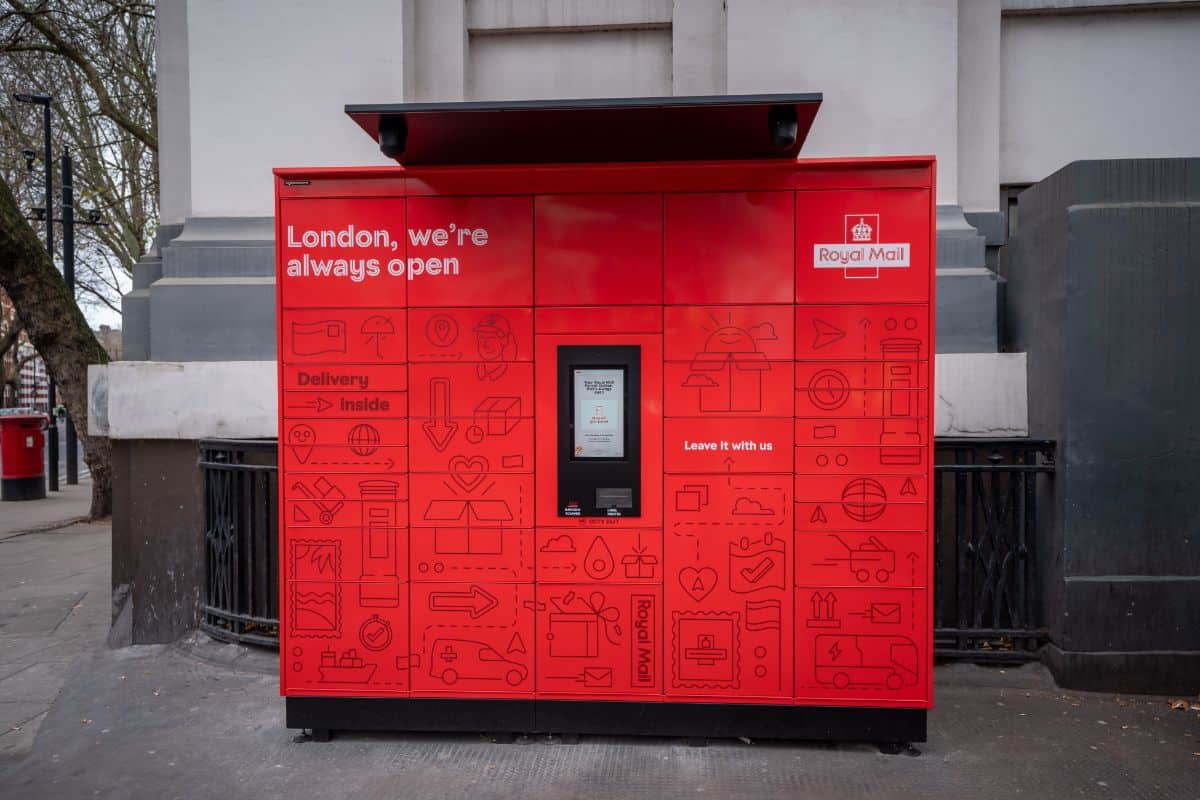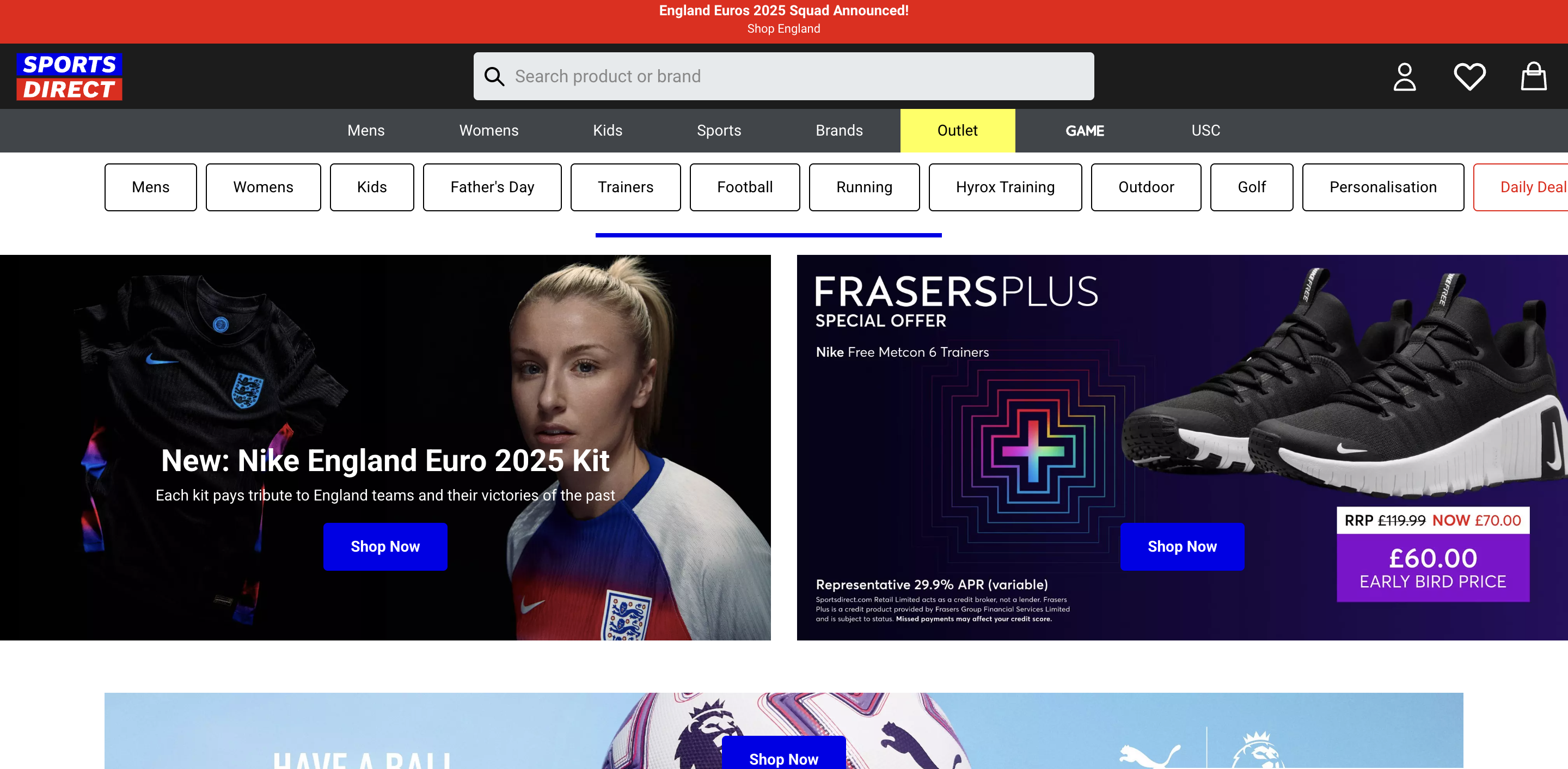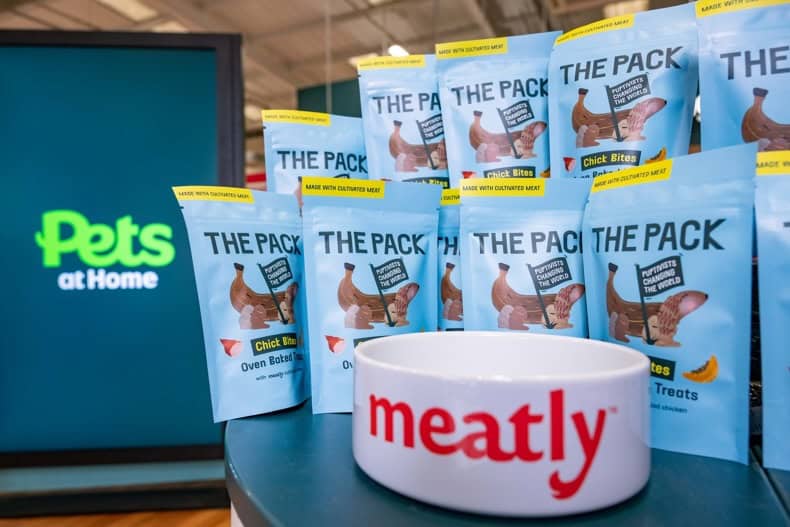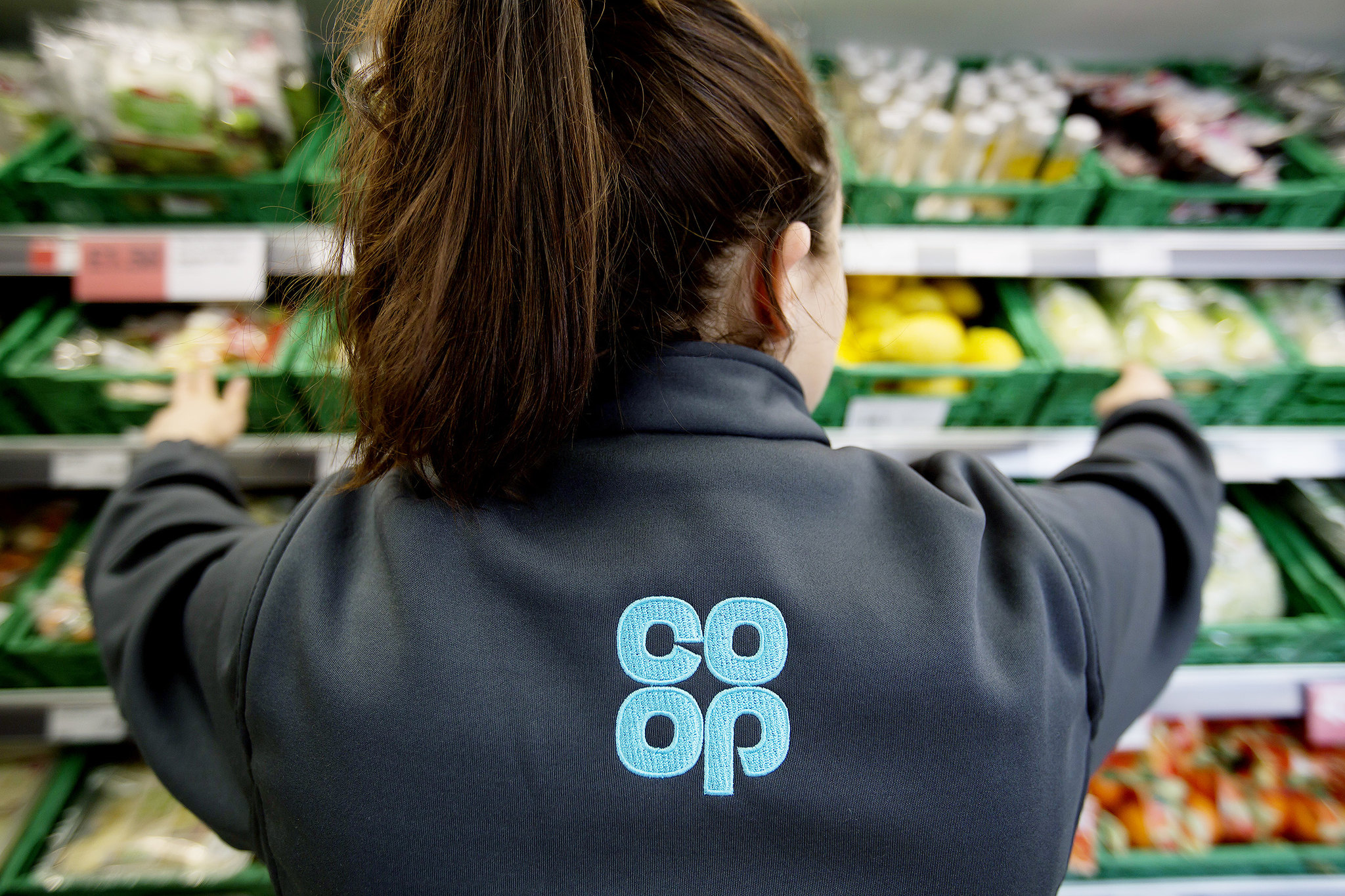Since the mid-90s, cookies have been the defacto way for brands to target and deliver online advertising – allowing marketers to track users across websites, build consumer profiles, and use them across all forms of retargeting and behavioral advertising.
But that’s all set to change, with growing legislation and anti-tracking initiatives launched by Apple, Google, and Mozilla in recent years. Google is the latest tech company to crack down on tracking, and is aiming to phase out third-party cookies by the end of 2024. It’s not the first browser to do so, but it’s by far the largest, with a market share of 65%.
While the deprecation of cookies will drastically affect the way marketers target and interact with consumers, now is the time for brands to get ahead and focus on building out their zero-party and first-party data. This will give you a huge advantage going into the next era of digital advertising, and allow you to continue offering the personalized experiences your customers are used to. Loyalty programs are the perfect source of first-party data, and brands who get them right can use them as true customer insight machines – shifting from lookalike modeling to contextual-based advertising.
In this article, we cover:
- What a cookieless future means
- How brands can use loyalty programs to build on their zero and first-party data strategies
- Data management in a cookieless world
- How to start using loyalty data
A cookieless future: Data definitions
Let’s start by defining what exactly we mean by zero-party, first-party, second-party and third-party data:

Why loyalty data is the solution to a cookieless future
Loyalty programs are one of the best ways for brands to own the connection with their consumers and personalize experiences. That’s because shoppers are more inclined to share their data if they know they are getting back something in return, like special offers or personalized promotions. In a recent report, Loyalty Programs Give You a Zero-Party Data Advantage, Forester data shows that:
- 63% of US adults are motivated to share personal information with companies for perks like cash rewards, loyalty program points, or early access to new products.
- 50% of US adults who belong to loyalty programs agree that getting messages, offers, or promotions that are more relevant for them is a key reason they join them.
- 68% of US adults who belong to a customer loyalty program say they regularly participate in the programs they join by purchasing products and redeeming rewards.
Brands have become especially focused on collecting zero-party data as the anti-tracking movement has picked up. This is data that customers willingly and proactively share with companies, such as product preferences, habits and personal characteristics, and are usually gathered via customer preference forms on sign-up or in quizzes on your website or app. As long as you’re also capturing customers’ email addresses, you can tie these data points to customer profiles and use them to better tailor your marketing efforts.
Department store chain JCPenney is one retailer integrating quizzes to drive loyalty and boost their zero-party data pool:
“The purpose of this is to get beyond what we can learn from customer transactional behavior and really take it a step further and learn directly from the customer. We’re not always going to be able to capture those types of attributes through a transaction.”
– Debbie Stanford, senior marketing project manager for loyalty at JCPenney
The quizzes also help boost adoption of JCPenney’s loyalty program, as users are incentivized by gaining reward points for every quiz completed. Brands looking to do the same can work with a quiz software, such as Jebbit, and then pull the data back into the customer database integrated with their loyalty program.

Image credit: Jebbit
By being savvy about the data brands ask for and receive from their loyalty programs, they can go on to use it to personalize product recommendations, inform their programmatic ad targeting and retargeting, and build lookalike audiences. Looking to start building your loyalty journey? Get started by reading our beginner’s guide to building a loyalty program, and then learn how to monitor and analyze the success of your loyalty program.
Data management in a cookieless world
Working with new data sources, and without the old ones being affected by cookie-cutting, will have a big impact on brands’ CRM strategy. Key to managing this change is working with a Customer Data Platform (CDP) to collect and unify customer data. You’ll also need a scalable loyalty marketing solution that will let you import and export loyalty data from any source, and use a variety of data points to build complex campaigns.
Talon.One allows you to take data from customer interactions, your ecommerce shop, and all sorts of other platforms. You can then feed this data into campaigns to personalize them for individual customers or customer segments. Talon.One also integrates with all major CDPs including Amplitude, mParticle and Segment, or you can use a generic CDP integration.
When it comes to data management, however, we often see that marketers are caught in a catch-22:
- Forrester data from 2022 shows that 76% of surveyed B2C marketers are collecting more first-party data because of third-party cookie deprecation.
- But marketers already struggle to manage data quality: the Braze 2023 Global Customer Engagement Review found that 36% of marketers ranked collecting, integrating, managing, and accessing data as their top challenge associated with customer engagement.
The solution? According to the CER, marketers need to be more intentional about what data they collect, mapping their collection strategy to concrete use cases, metrics, and goals.
How to collect data from loyalty programs: Where to start
- Start now: If you haven’t yet considered many of the points we’ve addressed above, there’s no time like the present to start. With over a year to go until cookies are phased out, there’s still time to define and roll out your strategy.
- Audit what you already have: Chances are, you already have plenty of first-party data at your fingertips. Create an audit to determine what’s already there, what data you’ll lose with cookie-cutting, and what you’ll need once they’re gone.
- Set your strategy and get creative: Once you know what data you’ll need, work out how you can gather this – whether that’s tying it into your existing loyalty program, building it from the ground up, or using gamified elements like quizzes and polls.
Looking to learn more about how you can boost customer loyalty through personalization? Talon.One worked with customer engagement experts Braze to give you the definitive guide on creating customer loyalty through personalized experiences. Download it today!
